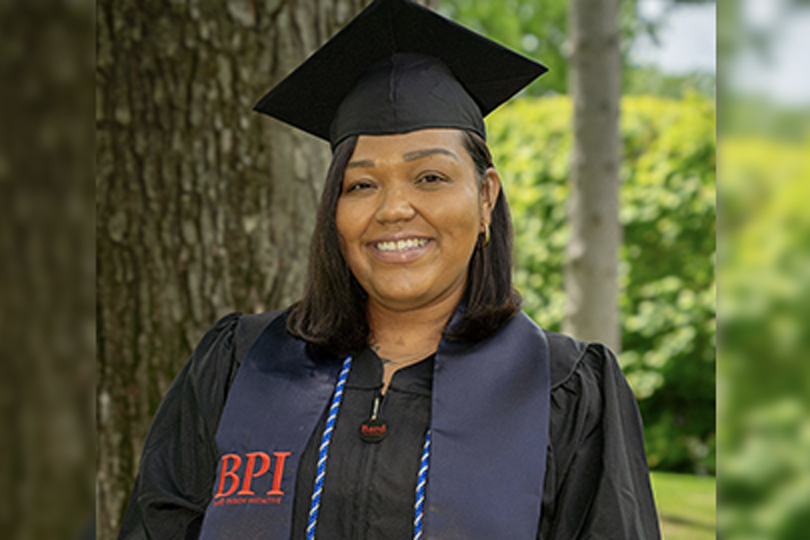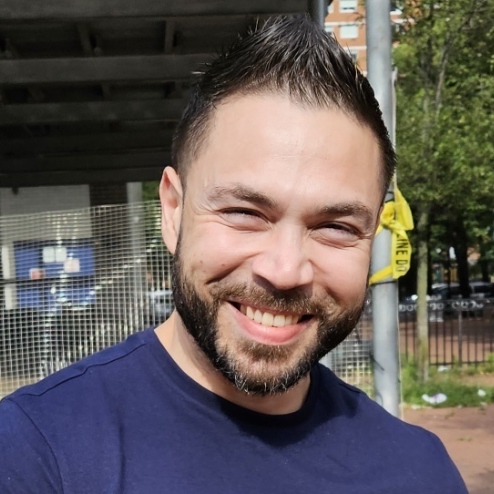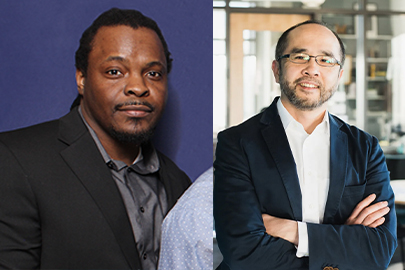From 2008 to 2013, I learned 67 uses for state-issued toothpaste. I learned the lights never go out in solitary confinement, and I learned my son was calling a complete stranger “Mom.”
While I realized education was the best way to straighten out my life, I also learned higher education is largely unattainable for New York’s incarcerated women since funding for education in prison was gutted nearly a quarter century ago. Had I learned something more substantial than toothpaste can also be tape, I would not have returned to prison a few scant years later. Returning to prison was statistically probable because I lacked the single most thing that prevents re-arrest: education.
Without education, my probability of being returned to prison was 40 percent. Given that it costs nearly $60,000 a year to incarcerate a person in New York, this is an expensive statistic. In my case, New York spent $300,000 to house me for five years, and with only $40 and a bus ticket to a community that did not want me, to say I struggled upon release is an understatement. Because of those perpetuating conditions, I wound up back in prison for two more years. That means New York has invested nearly a half-million dollars to warehouse me.
The second time, however, I attended Bard College through its Bard Prison Initiative. As a result of Bard’s investment in my education, it is highly unlikely taxpayers will have to pay for another term of confinement for me: The probability I will return to prison is 4 percent.
I am one of the 5 million people New York has released from prison since 1985. We are cashiers, clerks and housekeepers. But with education we can also be nurses, paralegals and architects. We don’t want food stamps and Medicaid. We want to be self-sufficient and contribute to our communities.
Since 95 percent of the people in prison will return home, as a nation, we must decide who we want as our neighbors. Do we want people coming home who are problems, or do we want people coming home who can solve problems?
Because the stark consequences and multi-generational impact on communities and families is now more evident than ever before, the era of mass incarceration is ending. New Yorkers know from experience not to expect transformation by warehousing people without access to resources. That, however, requires money.
Eliminating Tuition Assistance Program funding for people who are incarcerated was a misguided policy decision made without any basis in fact, and it failed to make our communities safer. The cost of restoring TAP would be negligible compared to the $3 billion New York spends on corrections every year. And the Vera Institute suggests that lifting the ban on Pell Grants for those in prison could save more than $365 million nationwide. These types of forward-thinking policies would allow programs like BPI to expand and ultimately change the lives of thousands of New York families.
Before I went to prison, I was opposed to college programs for people in prison. I couldn’t afford an education, so I didn’t believe people in prison deserved something I could not have. Why provide people in prison educational opportunities? The answer is simple: Education is the single best way to prevent criminal activity on both the inside and outside.
Right now, New York can make prisons and communities safer by restoring TAP funding so that education is available to this vulnerable population. With a 2020 vision for the future, it is time for Assembly Speaker Carl Heastie, Senate Majority Leader Andrea Stewart-Cousins and Gov. Andrew Cuomo to turn on the TAP.
Stacy Burnett, of Queens, is a writer, formerly incarcerated Bard Prison Initiative student and current College & Community Fellowship fellow working on the Turn on the TAP campaign.



